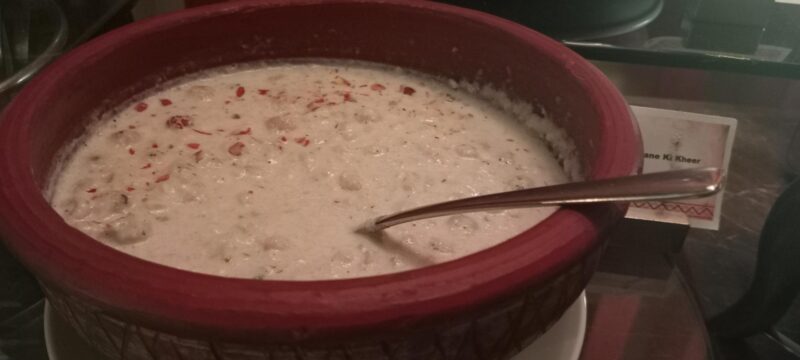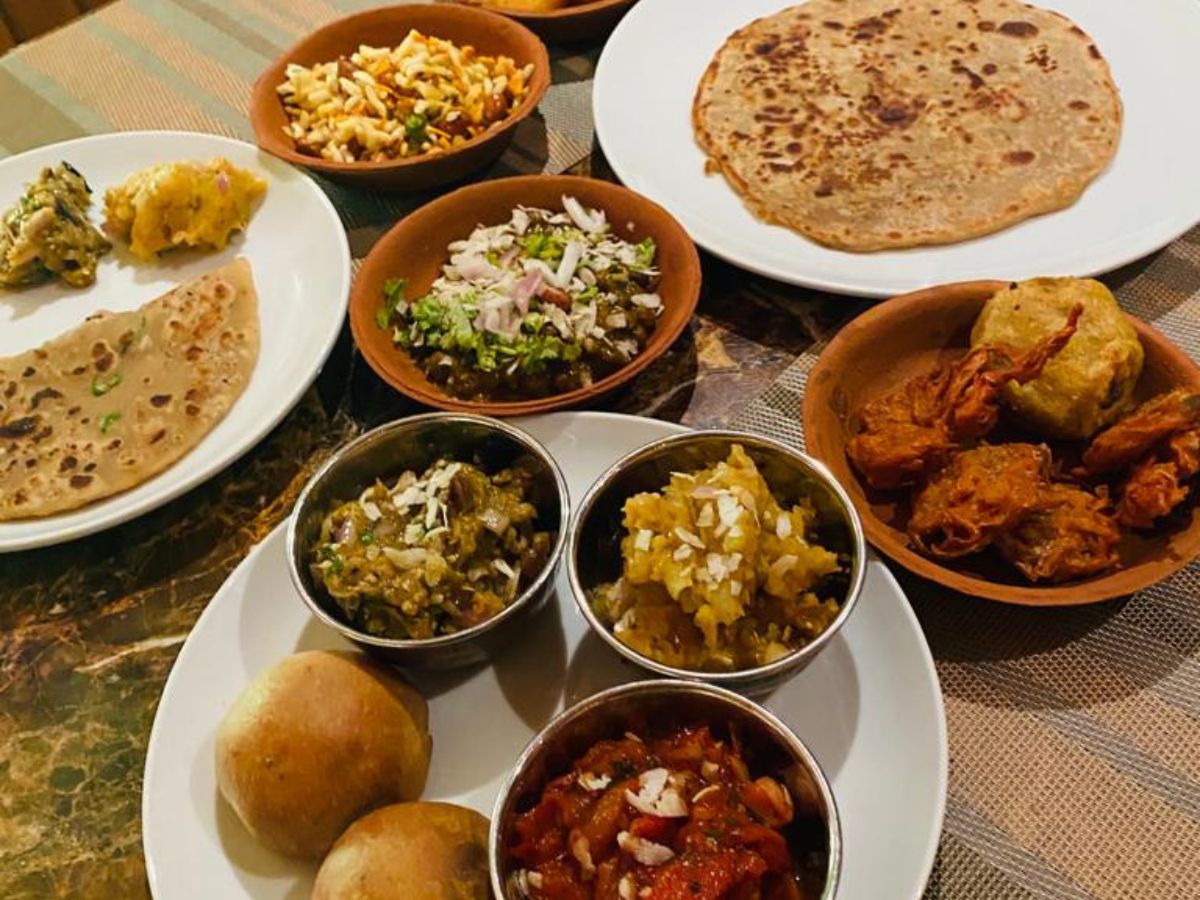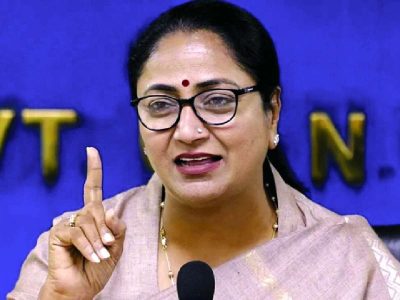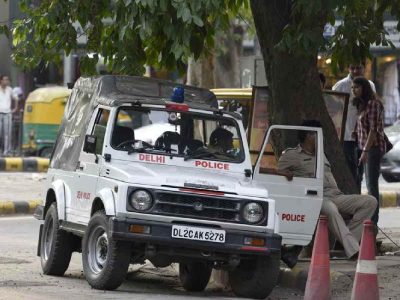In common parlance, food is considered as a pure source of comfort and bundles of useful nutrients. However, it is often a potent act of protest that creates and sustains identities and cultures across the world.
On similar sentiments, social media influencer Maneesh Srivastava brought together a food festival that showcases the culinary excellence of Bihar and Jharkhand, a region which is often at the receiving end of ridicule.
The festival, a brainchild of Desi Connoisseurs by Srivastava and Vickrham, is put together with Chef Suraj Chauhan of Holiday Inn.
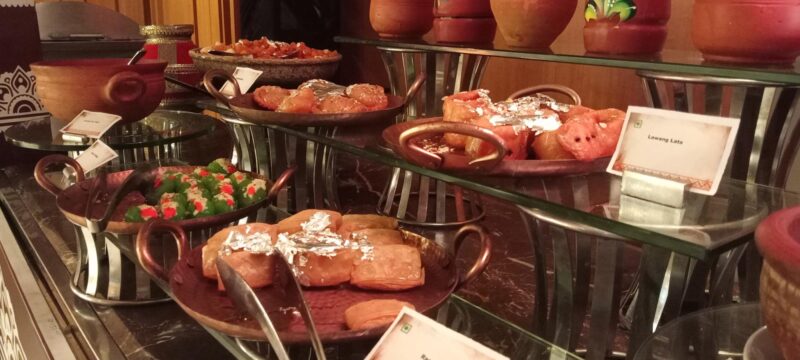
The nine-day festival began on September 15 and is open to public till September 23 at Cafe on 3, Holiday Inn, Mayur Vihar.
As one enters the restaurant, one is instantly taken to the hinterlands of the region with the quirky tunes of Bhojpuri folk songs.
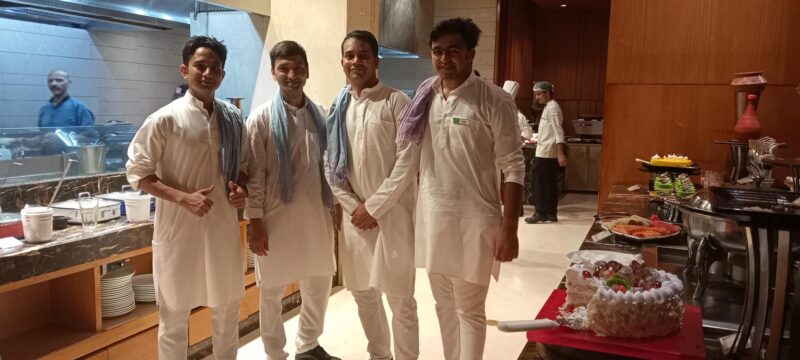
Throughout the evening, the folk music complements the food, along with its stellar decor. The Bihari ethnic makeover of the staff is the icing on the cake.
Right at the entrance, there is a large spread of street food being served at the kumcha (counter), ranging from hot parathas to chaat like phuchka, philauri, bachka, litti and kebabs.
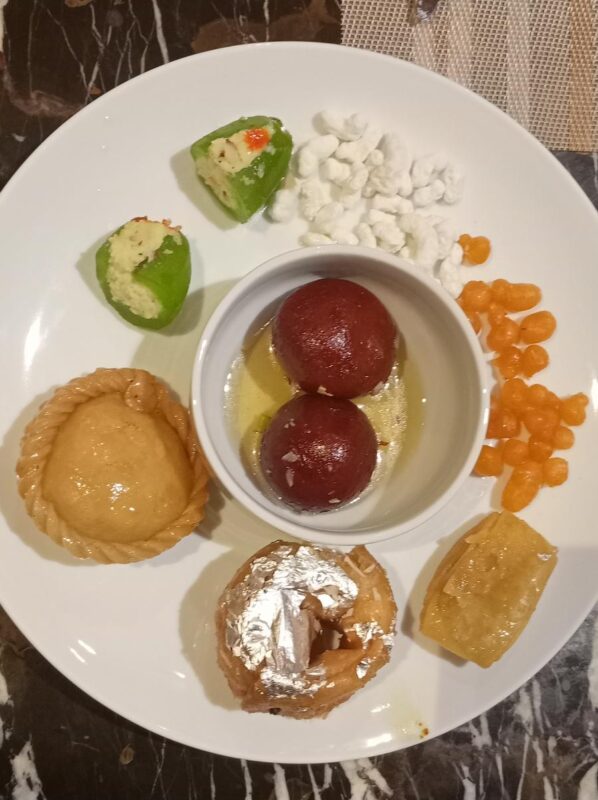
The kebabs are being roasted live on the counter. Among the parathas are Bihar’s top favourite, sattu ka paratha.
Inside, one is greeted with soul-quenching sattu ka sharbat, which is immensely popular in the eastern Indian region. This beverage form of sattu is the most popular coolant in Bihar during the scorching summers.
All items are served in earthen pots.
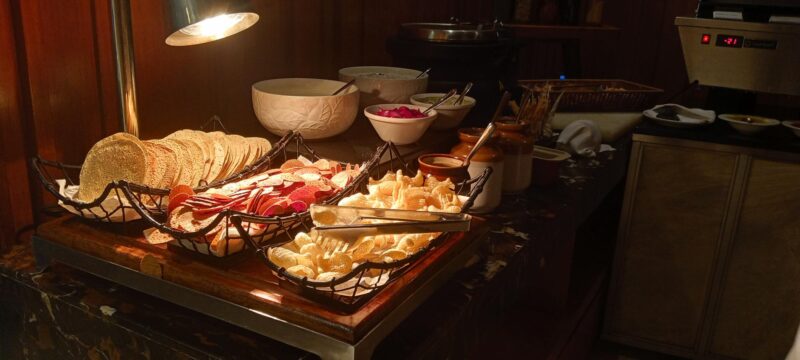
The king of the evening is Bankipur ke goli kebab, made with fine mutton keema and minimum spices.
“It took me a month to put the menu together. I wanted to have some new items this time so I called up my friends and asked them what’s new in the street food of Patna. See, I have not lived in Patna for a very long time now, so I knew that I have lost touch,” says Srivastava.
Srivastava called up his friends and tasked them with the job of eating on the streets.
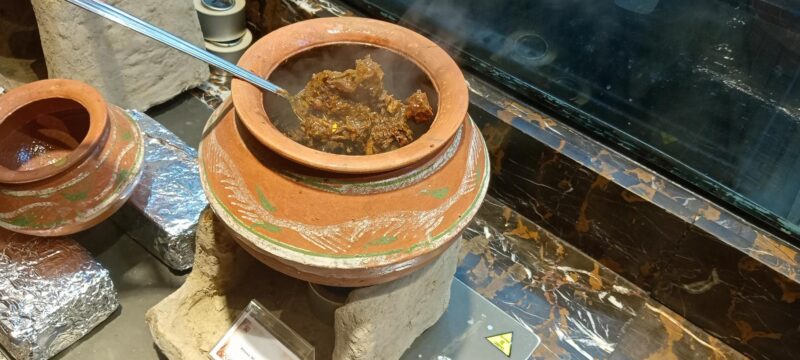
“I asked them to eat on the streets and put me on call with the sellers so that I could learn how they make it. That’s how I introduced this brilliant Bankipur ke goli kebab and the chicken fry masala.”

The chicken fry masala is usually served as a single portion with the whole leg (drumstick and thigh), and roasted on the tawa.
“I recalled everything and tried those at home before adding them on the menu,” he adds.
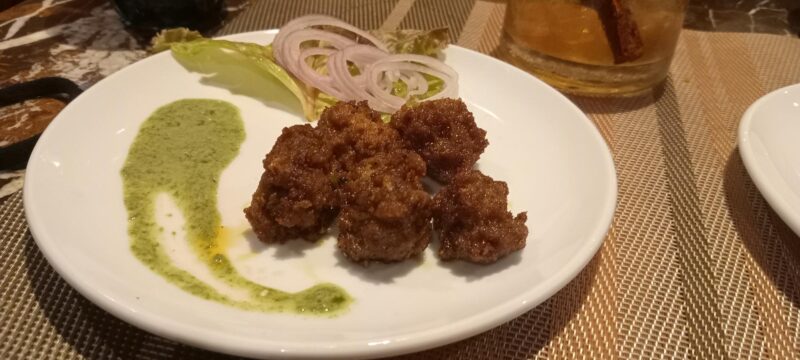
Anthropologist Margaret Mead famously wrote about how food is for gifting. What Mead meant by this is that food provides us with something more symbolic than simply nutrition (though that’s certainly important).

Food is meant to be exchanged and shared with family and friends. Food provides an important link to our cultural heritage.
Speaking on how he conceptualised the festival, Srivastava towed similar lines.
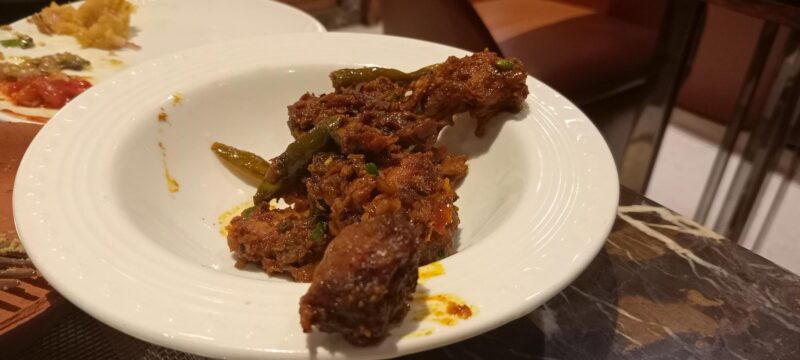
“Today people in Delhi know so much about Punjabi and south Indian food because they have brought their food with them. It is unfortunate that despite the majority of the executive cadre being from Bihar, they do not talk about their food or other things that build their identity.”
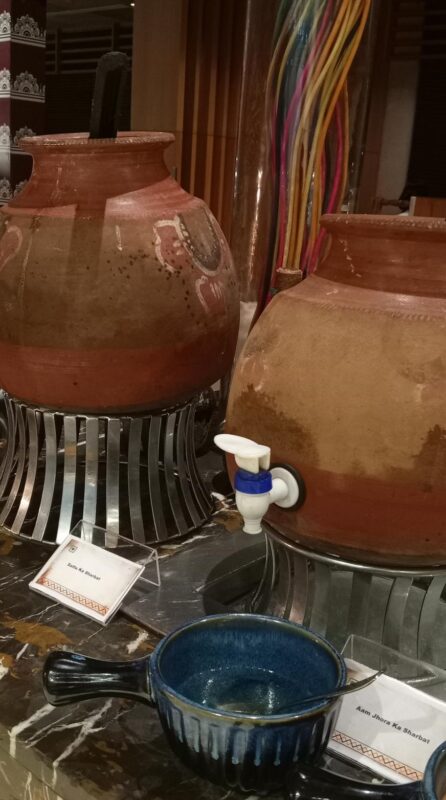
He attributes it to “the cultural bullying that people from Bihar face” before adding, “there is also no step towards owning our own identity from within the community in the middle and upper middle class”.
“Even in the hospitality industry, a good number of staff including chefs are from Bihar but it is stricken with the same attitude. However, in the case of chefs, cooking is their job so by the time their working hours end, they have no passion left and it is understandable.”
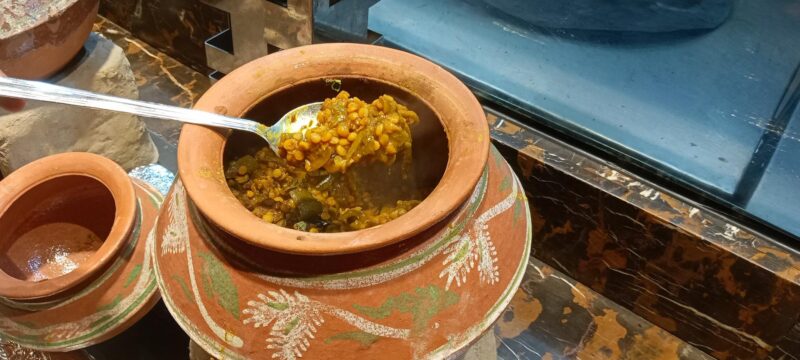
This is where, he says, people like him who are not involved with cooking, can chip in to bring Bihar closer to the world.
“For example, I am extremely passionate about food and I love cooking but it has never been my job. Therefore, I have an advantage. So I thought, why not use it! There is absolutely no discussion about Bihari food, when it is so diverse. This is the best that I can do using the medium of such festivals,” he says.
“In the age of Instagram reels, a lot of people are talking about Champaran mutton and litti chokha, but that’s all about it,” he says.
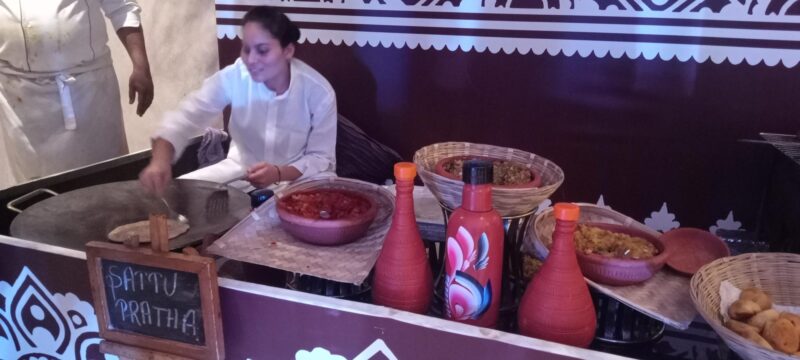
Chef Suraj Chauhan believes that eastern Indian food is “less talked about like Northeastern Indian cuisine”.
“Even when we talk about Bengali food, we speak of the sweets and not the wide variety of non-vegetarian and vegetarian dishes that leaves one speechless. Odia and Bihari food is even less talked about. Worse is the Northeastern cuisine when, actually, it retains the original flavours of food the most,” says Chauhan further.
“So, this is just an endeavour to let people know that these foods exist and we chose Mayur Vihar because it hosts is a sizeable number of people who originally hail from eastern India,” he adds.
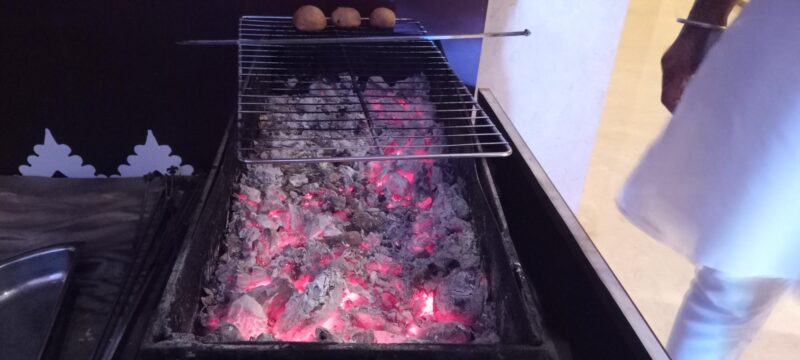
Among the vegetarian dishes are the lip-smacking chokhas (vegetables smoked and mashed with basic spices), and the Oal Chokha (elephant foot) is the winner.
Talking about winners, the Ahuna mutton paired with chini ke parathe stole the show.
The festival is a culinary journey where guests can treat themselves to authentic delicacies from different regions of Bihar. The most popular rekaunch and gatta-curried green peas is from Mithilanchal region. However, litti chokha is famous in parts of Saran which is also known as Bhojpuri region. On offer are the delectable lamb and fish curries to be enjoyed with rice.
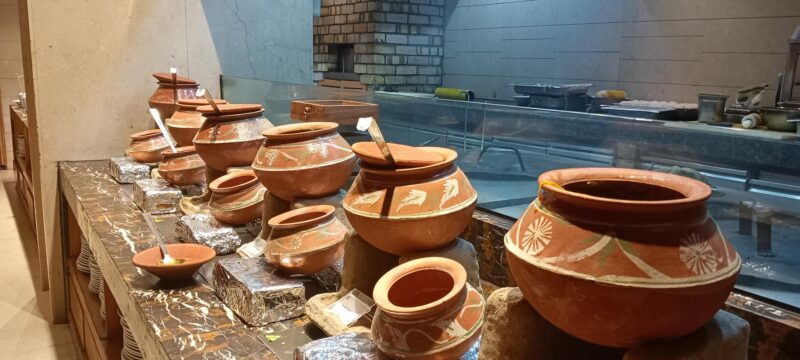
A special mention for the mouth-watering boozy mango juice.
On the dessert counter is the region’s favourite laung latta, khaja, chandrakala, padwal ki mithai, makhana ki kheer and bundi.
